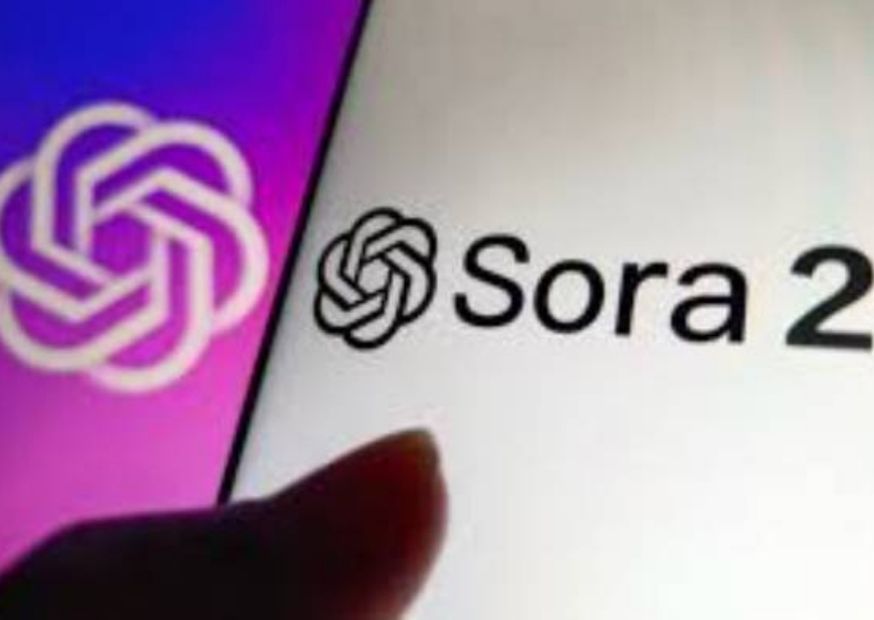SAN FRANCISCO, UNITED STATES: Artificial intelligence pioneer OpenAI has rolled out new policies granting copyright owners stronger control over how their creations are used in AI-generated videos made through its latest model, Sora 2. The decision marks a major policy shift following backlash over the appearance of famous characters in user-generated content without proper authorization.
The company’s updated framework allows intellectual property holders to exercise “granular control” — meaning they can now define how, when, and even whether their characters or assets may appear in AI videos. Previously, OpenAI permitted such appearances unless rights holders explicitly opted out, a setup that sparked widespread criticism from entertainment giants and artists.
The change comes after social media users began sharing hyper-realistic clips featuring Pokémon, South Park, and Super Mario, created through Sora 2’s invite-only testing phase. Facing mounting legal and reputational pressure, CEO Sam Altman acknowledged that OpenAI must “balance innovation with accountability.” He hinted at a potential revenue-sharing model, allowing companies that consent to their IP’s use to earn royalties from viral AI content.
Under the new system, rights owners can issue specific permissions — from blocking full character use to limiting context or duration in videos. OpenAI also confirmed it will introduce more robust filters to prevent misuse and plagiarism within Sora 2’s creative pipeline.
However, the company admitted that “edge cases” may still occur as the technology evolves. Some AI-generated scenes could unintentionally resemble copyrighted figures, a grey area that continues to challenge developers across the industry.
Industry analysts view OpenAI’s move as a strategic recalibration rather than a retreat. By strengthening copyright protocols, the company aims to calm growing industry tensions while maintaining Sora 2’s momentum as a leading video-generation platform.
The decision follows months of public debate on AI’s role in reshaping the creative economy — and whether innovation can coexist with artistic ownership. For now, OpenAI’s latest pivot signals an attempt to draw that line more clearly.
This story has been reported by PakTribune. All rights reserved.



